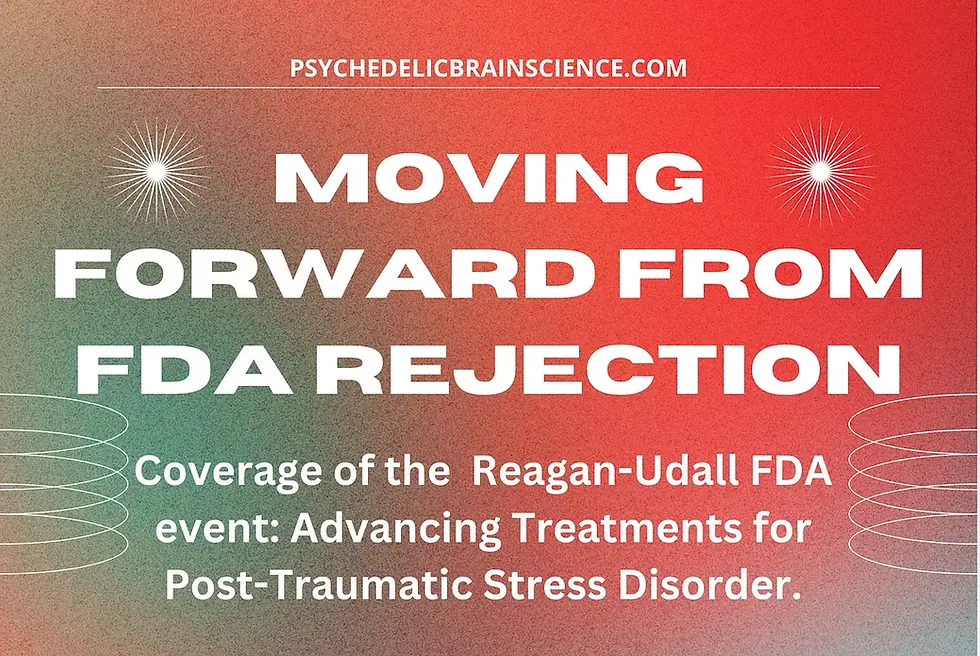Journal Club: Comparing Altered States of Consciousness
- yourbrainscience
- Aug 2, 2023
- 2 min read
In episode 8 of season 3 we spoke about a paper which made some much-needed contributions to the understanding of altered states of consciousness (ASC). ASC refers to a state in which an individual is having an experience that is distinct from the waking every day lucid consciousness, an altered experience. This is not to be confused with loss of consciousness which is experienced when an individual is asleep, or otherwise unconscious.
In the modern evolution of the field of psychedelics there is a heavy emphasis placed on their utility as psychotherapy adjuncts or in their use as psychiatric adjuncts. However, there has long been another camp that use and view psychedelics as a tool to induce ASC and study disorders of consciousness. In this paper, the authors analyze data from various datasets comparing the effects of psychedelics, meditation, and hypnosis on resting state brain connectivity and subjective effects on behavior. They also go further to see if trained models can predict the drug treatment applied based on the data. This work represents the first attempt to compare across different ASC inducing modalities. There has long been discussion about the similarities and differences between these approaches.
Methods:
The authors used two pharmacological methods: “psilocybin (n=23, 0.2mg) and LSD (n=25, 100μg.) and two non-pharmacological methods: hypnosis (n=30) and meditation (n=29) and compared them using resting state functional connectivity magnetic resonance imaging. They also assessed the used a machine learning approach to assess the predictive value of the model.
To conduct connectivity analysis across these 3 differing data sets, the authors categorized 132 total distinct ROIs into 22 distinct networks to compare across studies.
Results:

Major findings in a couple of sentences:
LSD, psilocybin (pharmacological) meditation, and hypnosis (non-pharmacological) induce distinct patterns of connectivity in the brain. Models were able to distinguid between pharmacological and non-pharmacological but were unable to distinguish activity between the two pharmacological methods. They also found that, as expected, these methods reliably induced ASC and that experience of unity and insightfulness resulted in significant clusters in psilocybin condition, while elementary imagery was significant for the LSD group.
In all this paper is a great contribution to the field in looking at psychedelics as agents of inducing ASC, in a more preclinical model.








Comments